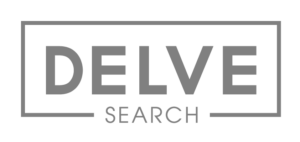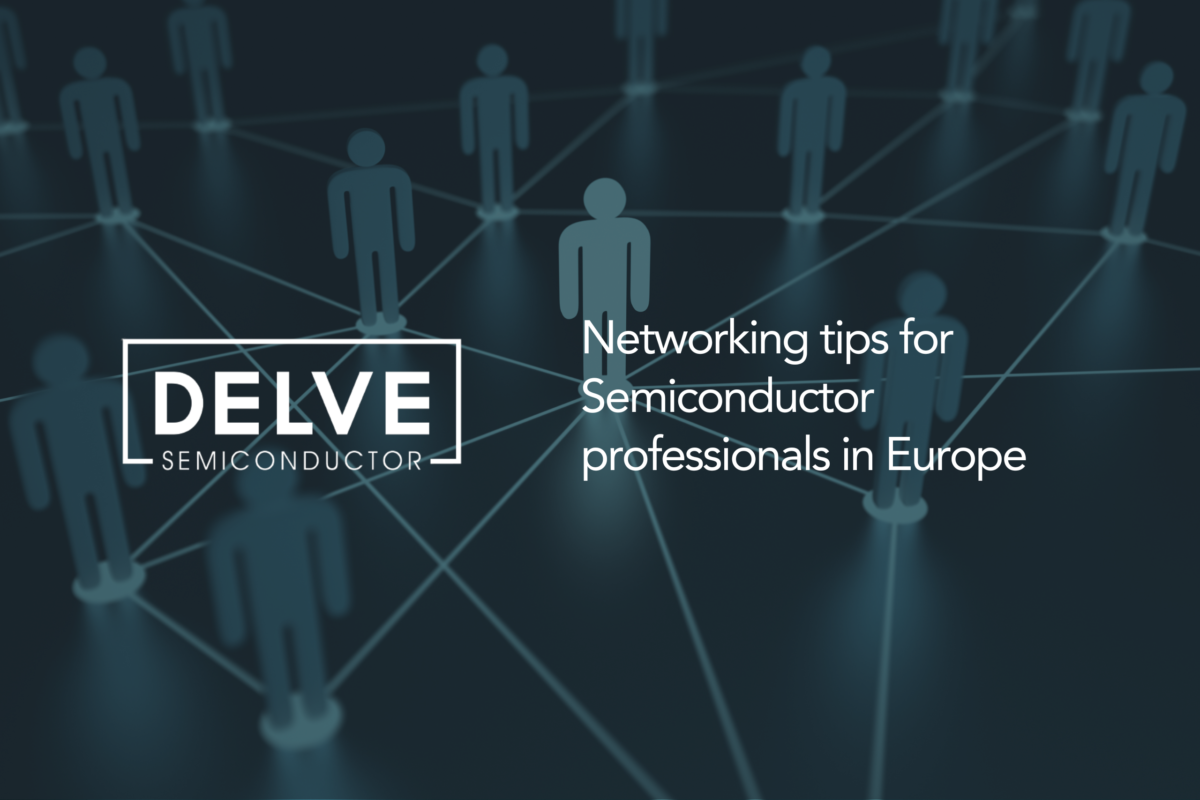
Networking Tips for Semiconductor Professionals in Europe
By Claas Ole Köhler
Whether you’re attending conferences, trade shows, or industry events, these strategies will help you build meaningful connections and stay informed.
Know your objectives
Before any networking event, clarify your goals. Are you seeking potential clients, suppliers, or collaborators? Knowing your purpose will guide your interactions.
Prepare an elevator pitch
Craft a concise and compelling introduction. Clearly state who you are, your role, and what you bring to the semiconductor industry. Be ready to adapt it based on your audience.
Attend relevant events
Europe hosts several key events:
- SEMICON Europa: A premier semiconductor conference held annually in different European cities. Attend sessions, workshops, and networking receptions.
- ECOC (European Conference on Optical Communication): Focused on optical communication technologies. Engage with experts and explore emerging trends.
- Industry-Specific Conferences: Look for events tailored to your niche—automotive, IoT, AI, etc.
Be approachable
Smile, maintain eye contact, and listen actively. Approach others with genuine interest. Ask open-ended questions to encourage conversation.
Exchange business cards
Have professional business cards ready. Include essential details such as your name, company, role, and contact information. Collect cards from others—it’s a tangible connection.
Follow up
After the event, follow up promptly. Send personalised emails or connect on LinkedIn. Reference your conversation to strengthen the connection.
Attend social mixers
Networking isn’t limited to conference halls. Attend social mixers, dinners, or after-hours events. Informal settings often lead to more authentic conversations.
Stay informed
Read industry publications, blogs, and reports. Understand market trends, technological advancements, and regulatory changes. Being well-informed enhances your networking discussions.
Remember, networking is about building relationships, not just collecting business cards. Be authentic, curious, and open-minded.
Start your networking journey now and arrange to meet Claas at Semicon Europa 2024, 12-15 November taking place in Munich.
LinkedIn: Claas Ole Köhler
Email: claas.koehler@delverec.com
Phone: +49 89 5419 5924
Share This Blog
Recent Articles
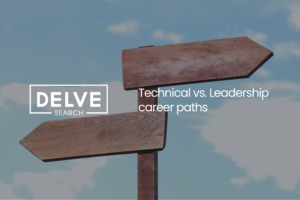
Technical vs. Leadership career paths
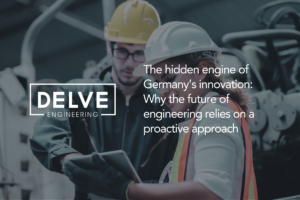
The hidden engine of Germany’s innovation: Why the future of engineering relies on a proactive approach
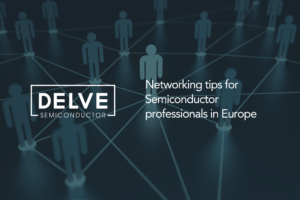
Networking Tips for Semiconductor Professionals in Europe

Key workforce challenges in the Advanced Engineering sector

Breaking into the Semiconductor Industry: Tips for engineering graduates

